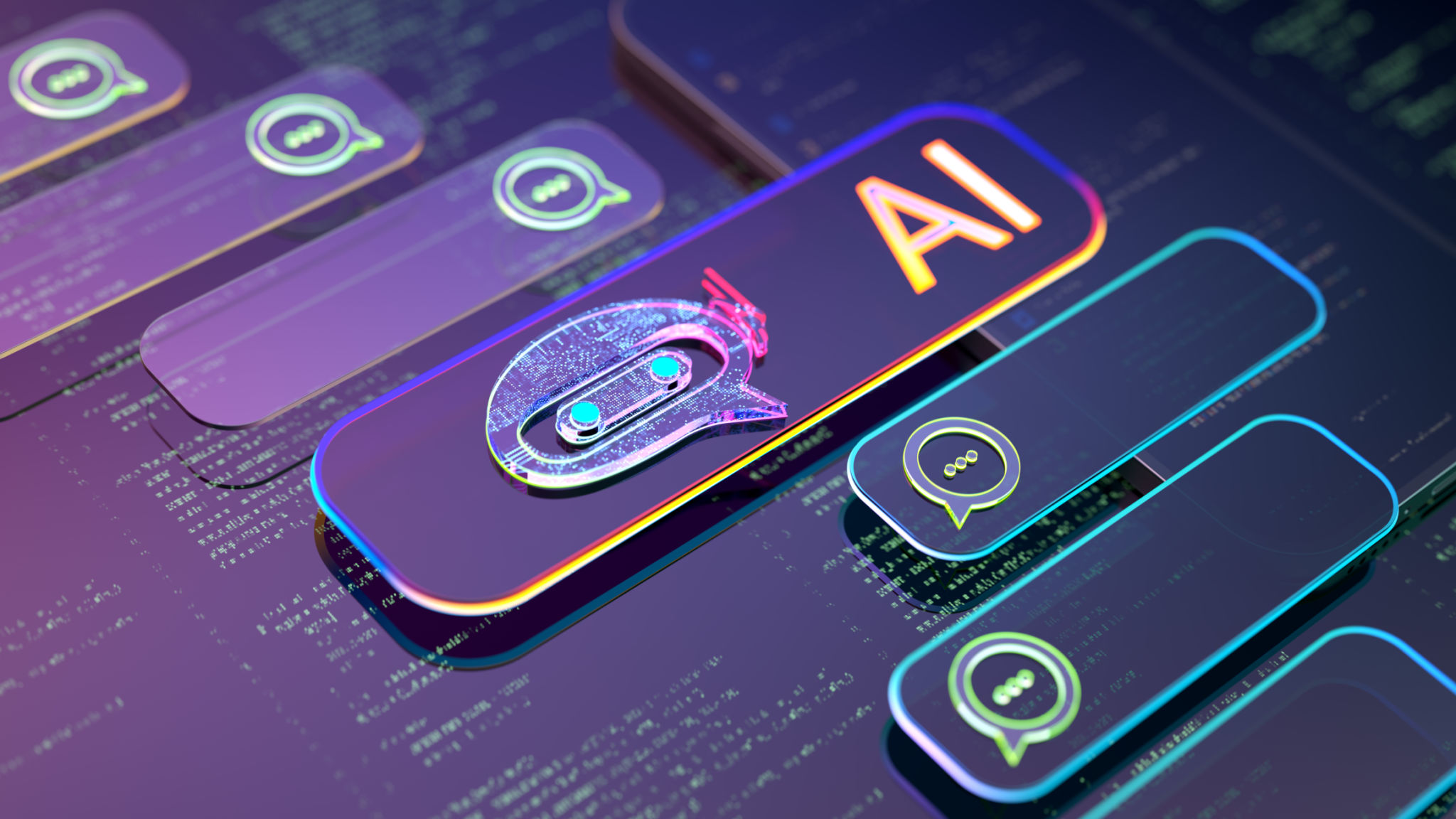A Guide to Setting Up AI Chatbots Without Technical Skills
Understanding AI Chatbots
AI chatbots are becoming a vital tool for businesses, helping to automate customer service, handle inquiries, and even facilitate sales. However, the thought of setting up an AI chatbot can be intimidating, especially if you lack technical skills. The good news is that modern platforms have simplified this process significantly, allowing anyone to set up a chatbot with ease.

Choosing the Right Platform
The first step in setting up an AI chatbot without technical skills is selecting the right platform. Many user-friendly platforms offer drag-and-drop interfaces, which eliminate the need for coding. Some popular options include Chatfuel, ManyChat, and Tars. These platforms are designed to cater to users of all technical levels, so you can focus on creating engaging conversations rather than learning how to code.
Defining Your Chatbot’s Purpose
Before diving into creation, it's crucial to define what you want your chatbot to accomplish. Whether it’s to assist customers, provide information, or generate leads, having a clear purpose will guide your setup process. Consider the questions or tasks your customers frequently have or need to complete and tailor your chatbot to meet those needs.

Designing the Conversation Flow
Once you’ve chosen a platform and defined your chatbot’s purpose, the next step is designing the conversation flow. This involves mapping out the dialogue paths your chatbot will take based on user inputs. Most platforms provide templates or pre-built conversation blocks that you can customize. Focus on creating a natural dialog that guides users toward fulfilling their goals.
Incorporating FAQs and Responses
To make your chatbot more effective, incorporate a set of frequently asked questions (FAQs) and their responses. This ensures that common queries are managed efficiently, reducing the workload on human agents. You can update these as more data about customer interactions becomes available. Be sure to keep responses concise and informative.

Testing and Optimizing
After setting up your chatbot, it's time for testing. Engage in multiple test scenarios to ensure all conversation paths work seamlessly and provide value to users. Don't hesitate to gather feedback from real users as well. Use this information to optimize the flow and improve accuracy over time.
Launching Your Chatbot
With testing complete, it's time to launch your chatbot. Promote its availability on your website, social media channels, and newsletters. Make sure customers know how to access it and the benefits it provides. Monitor its performance regularly and make adjustments as needed to enhance user experience.
Continuous Improvement
Even after launching, the work isn't over. Continuously monitor your chatbot's interactions and gather feedback to identify areas for improvement. AI chatbots can learn over time, so leverage analytics tools provided by your platform to adjust the conversation flow and ensure it aligns with user needs.

Setting up an AI chatbot without technical skills is not only possible but also straightforward with the right tools. By choosing a user-friendly platform, defining clear objectives, and continuously optimizing based on feedback and analytics, you can create an effective chatbot that enhances customer satisfaction and supports your business goals.
